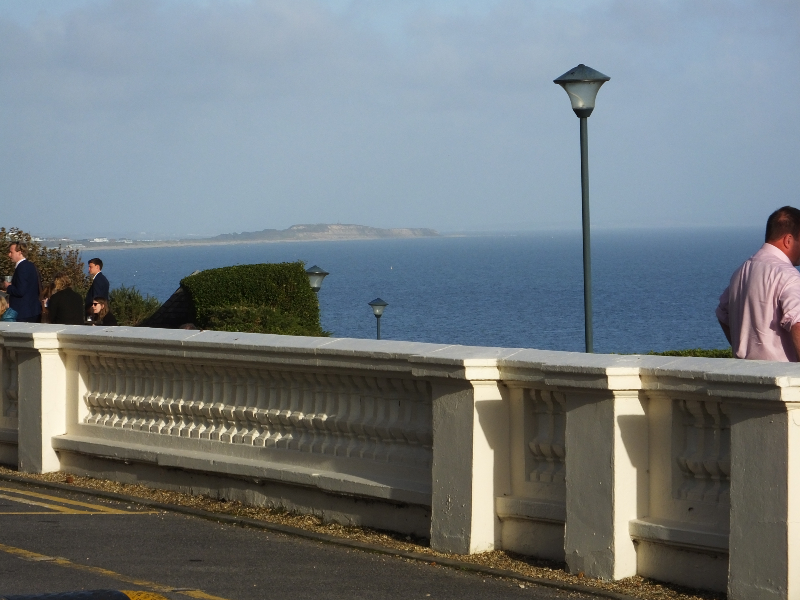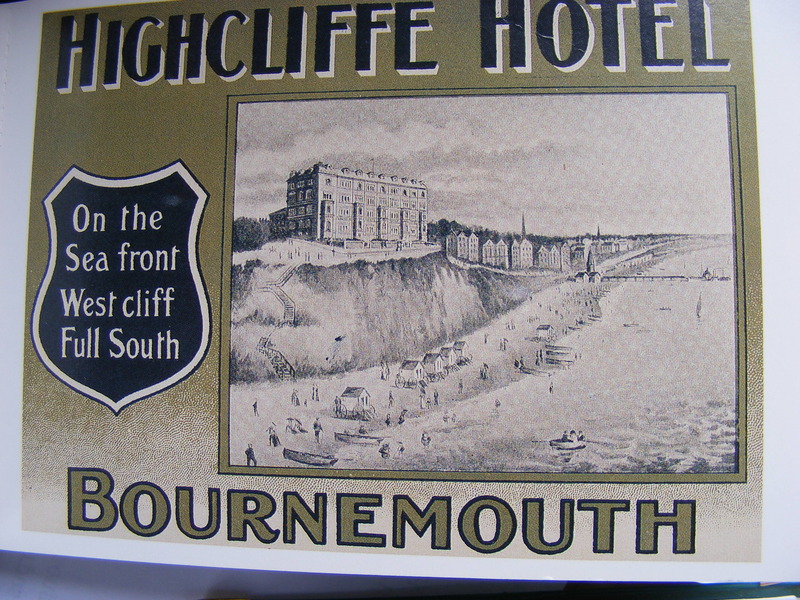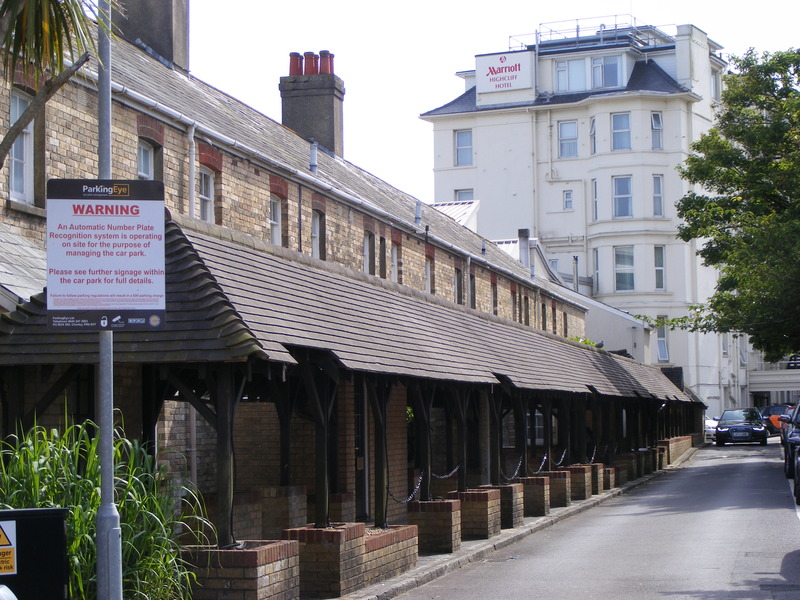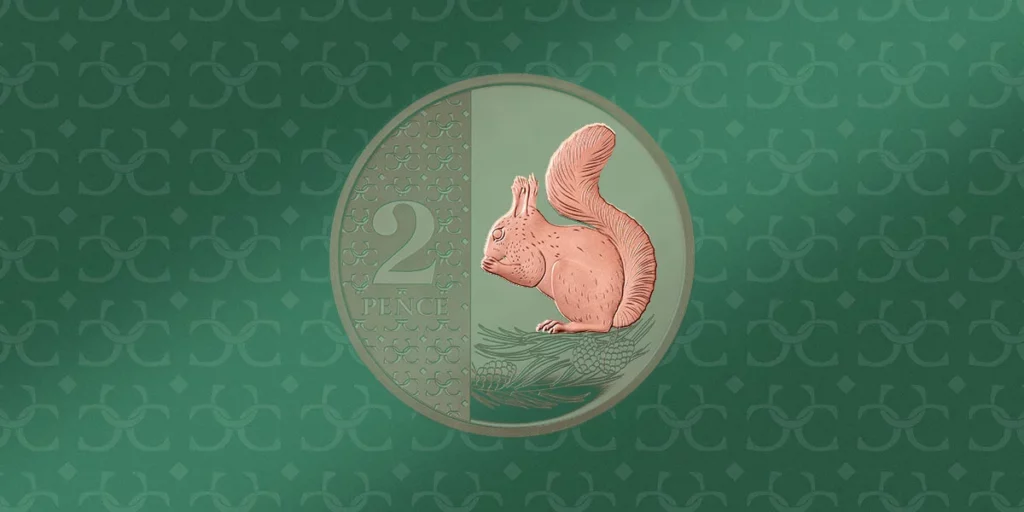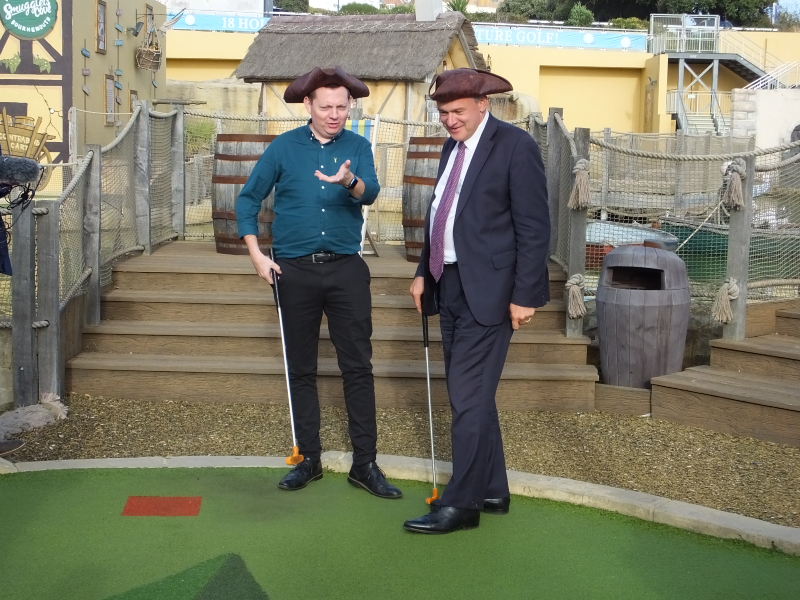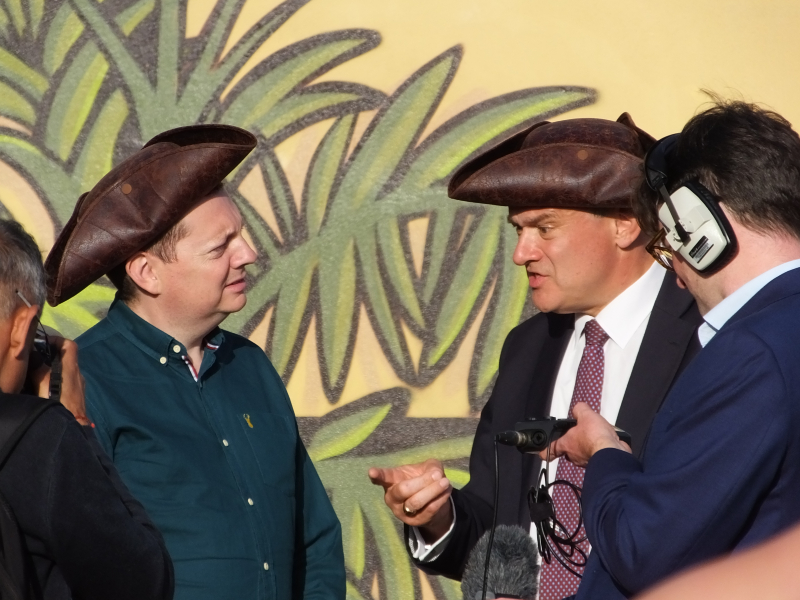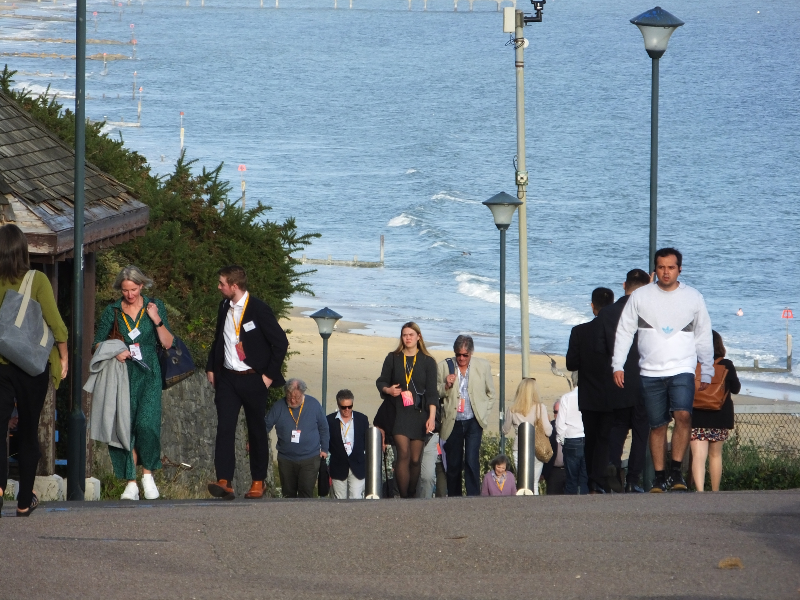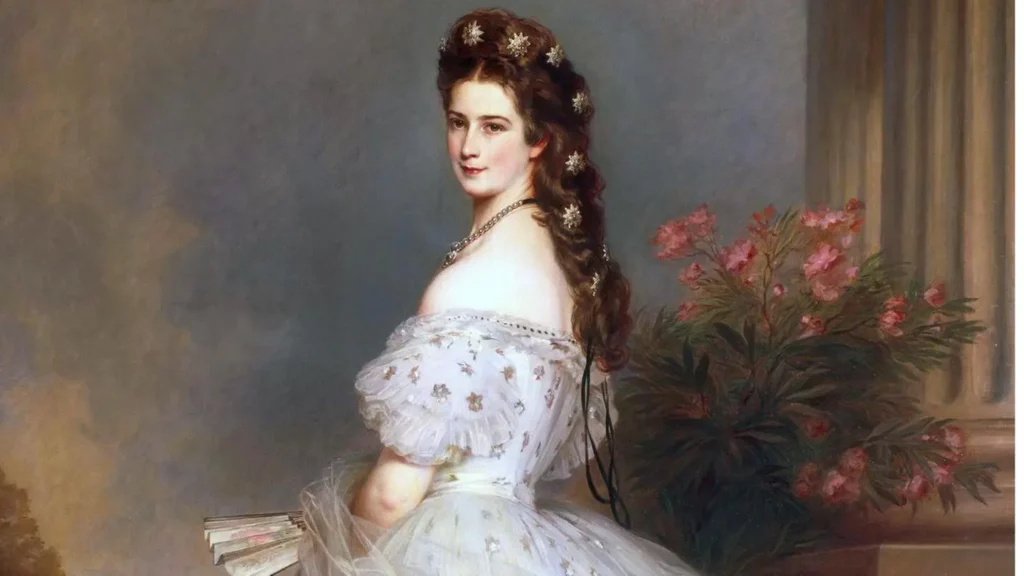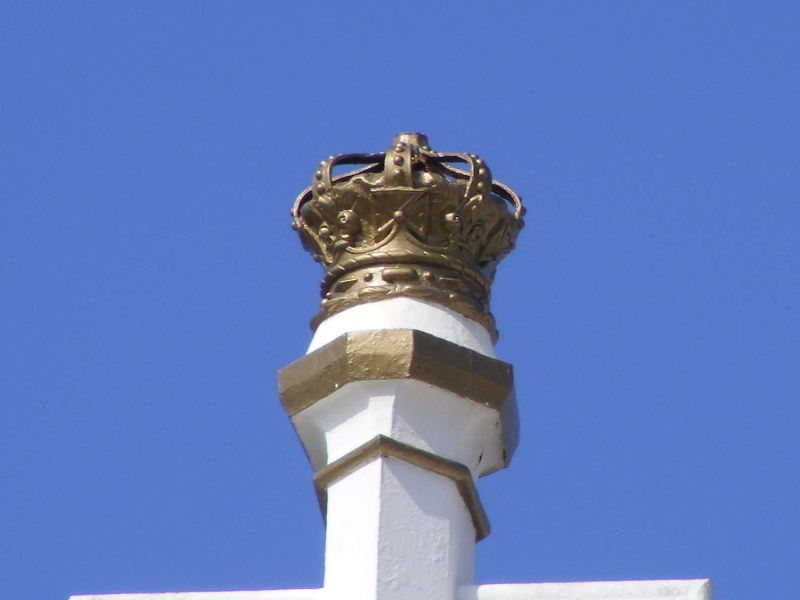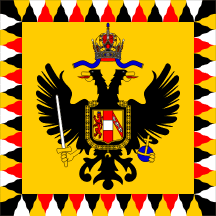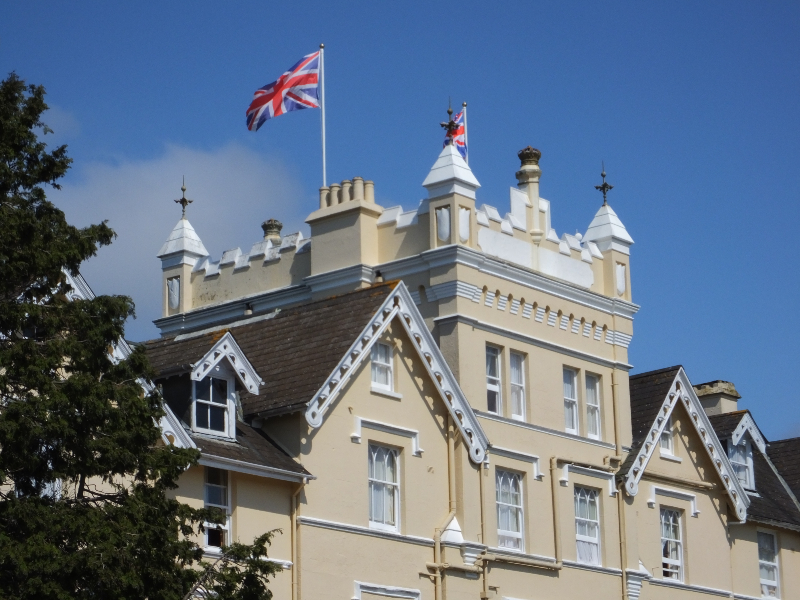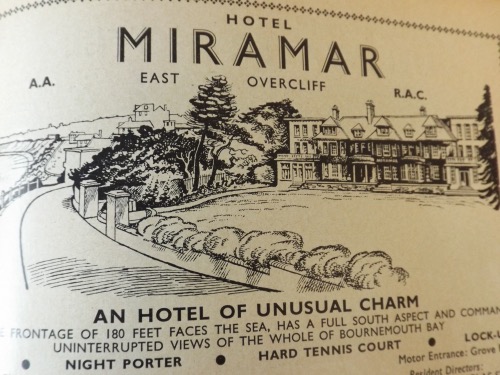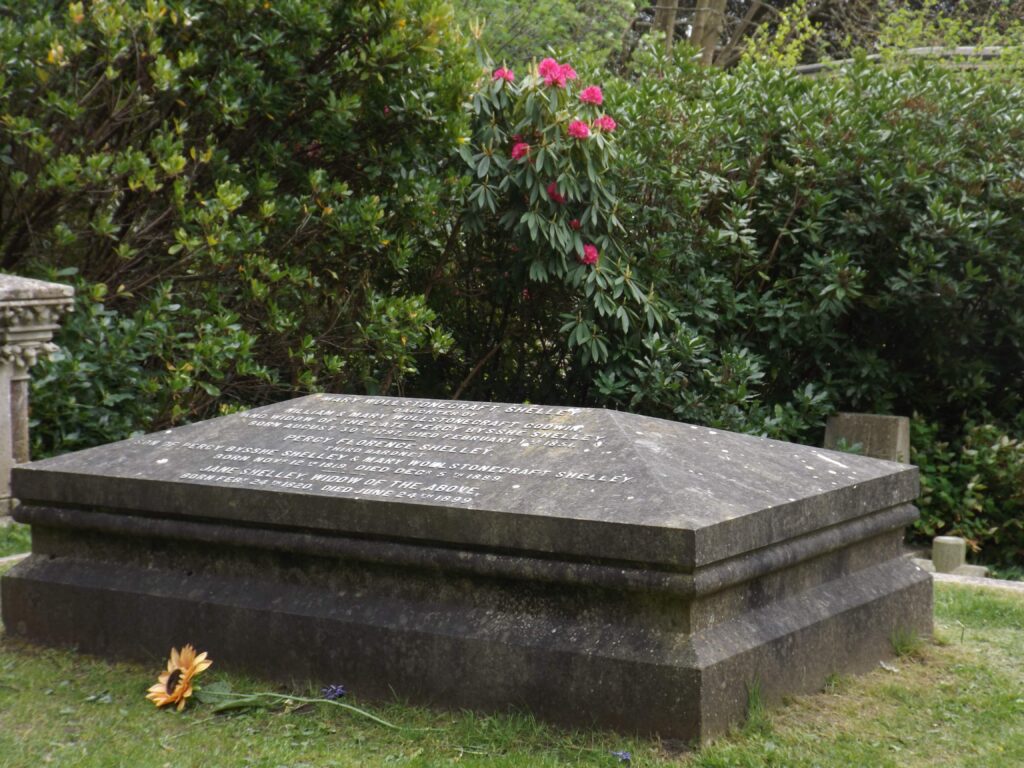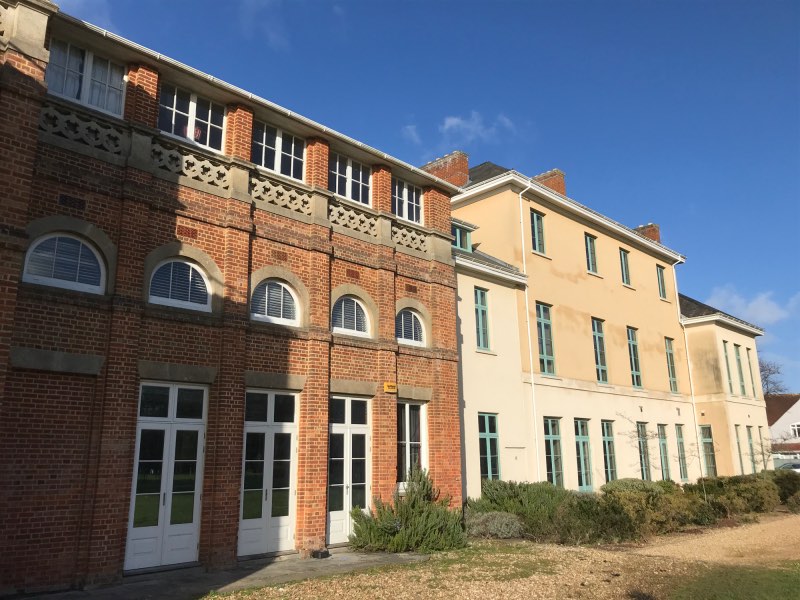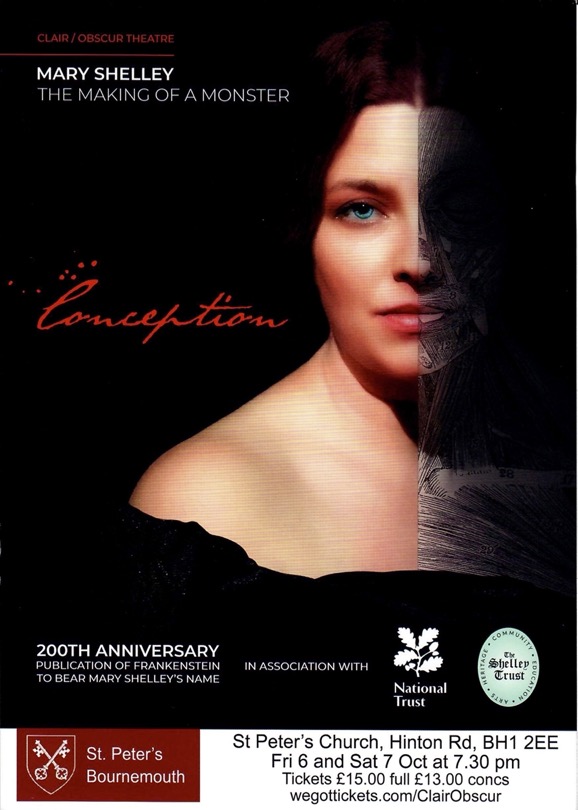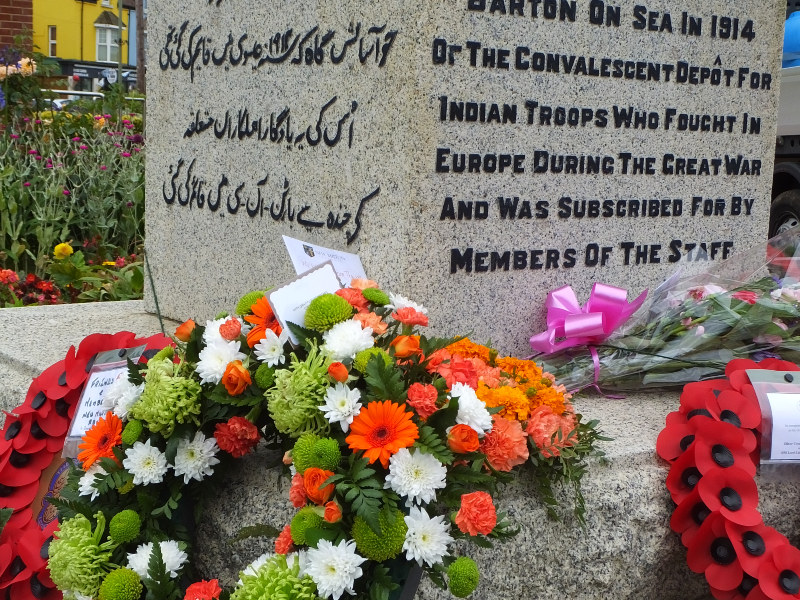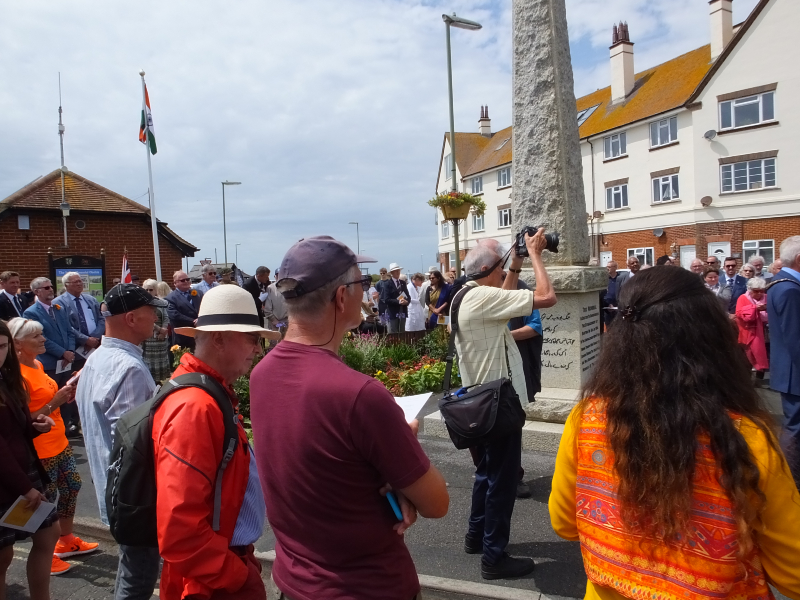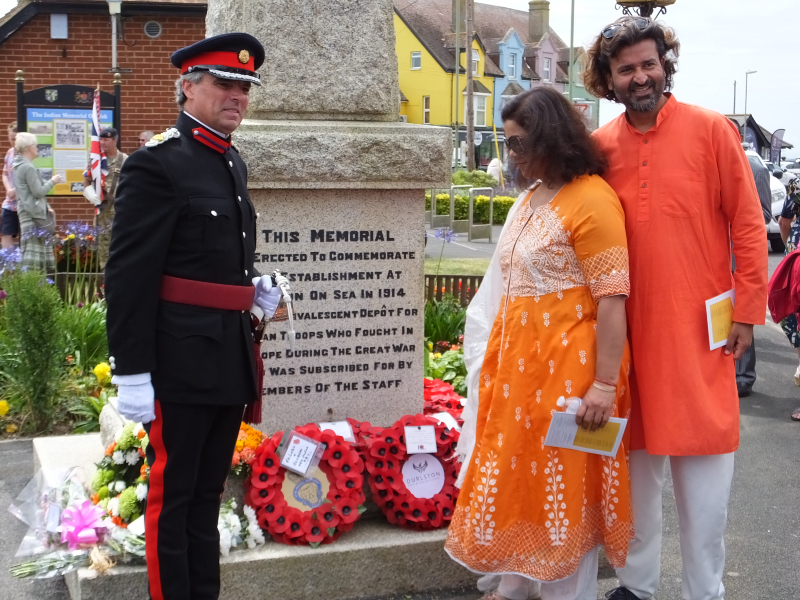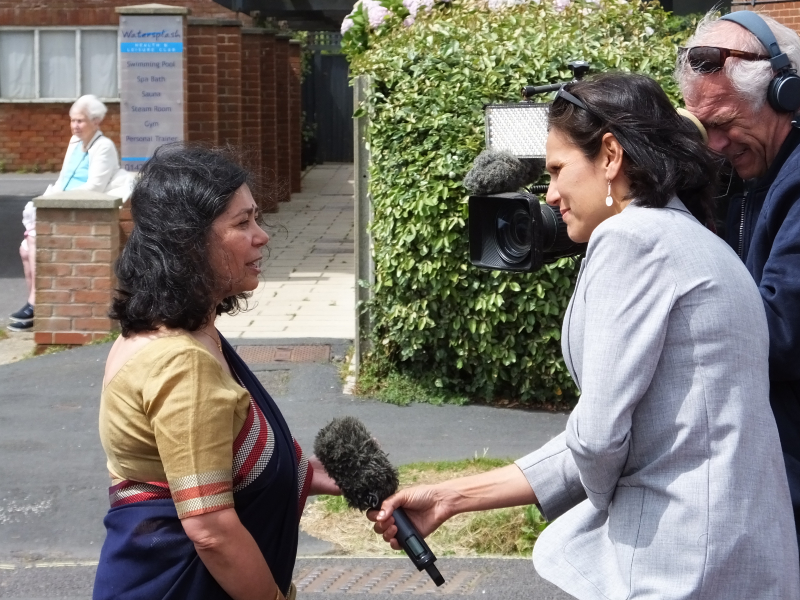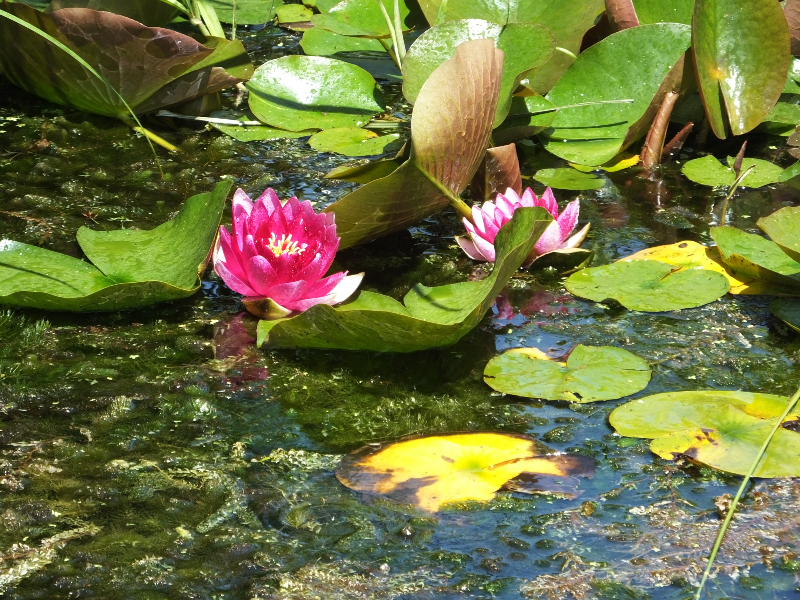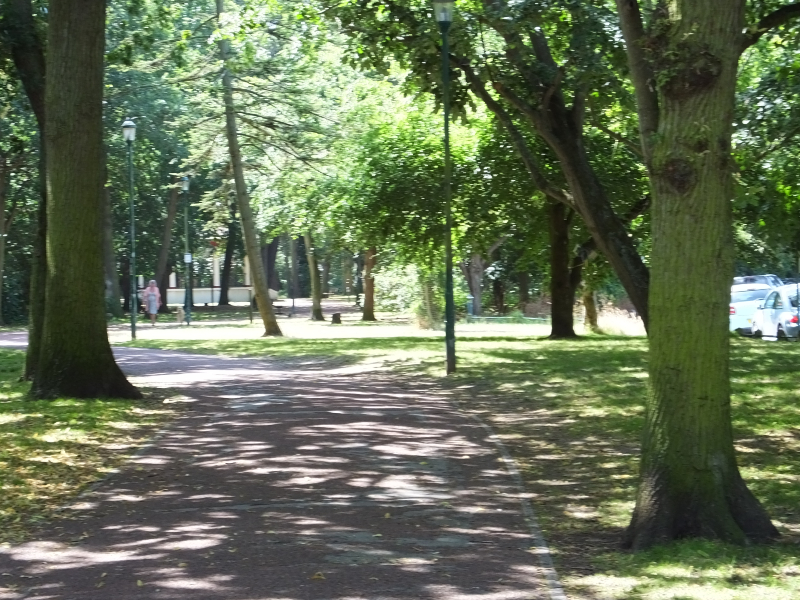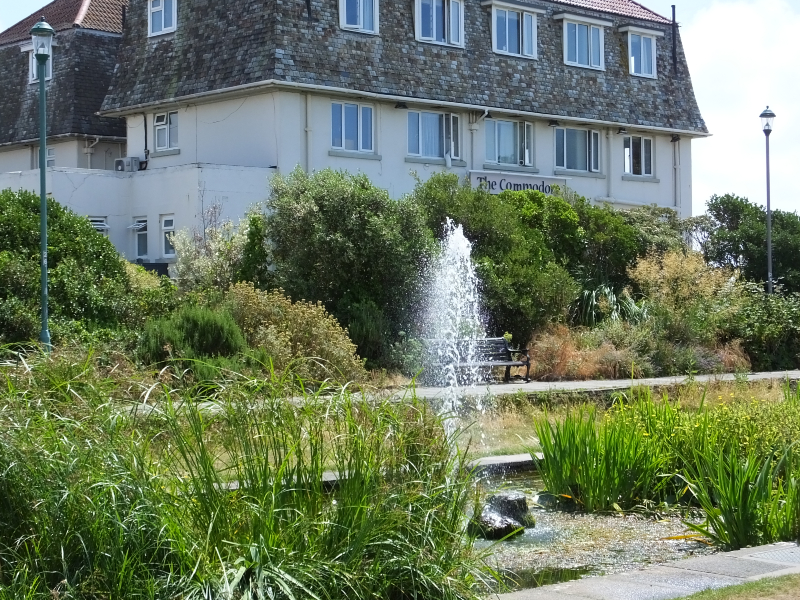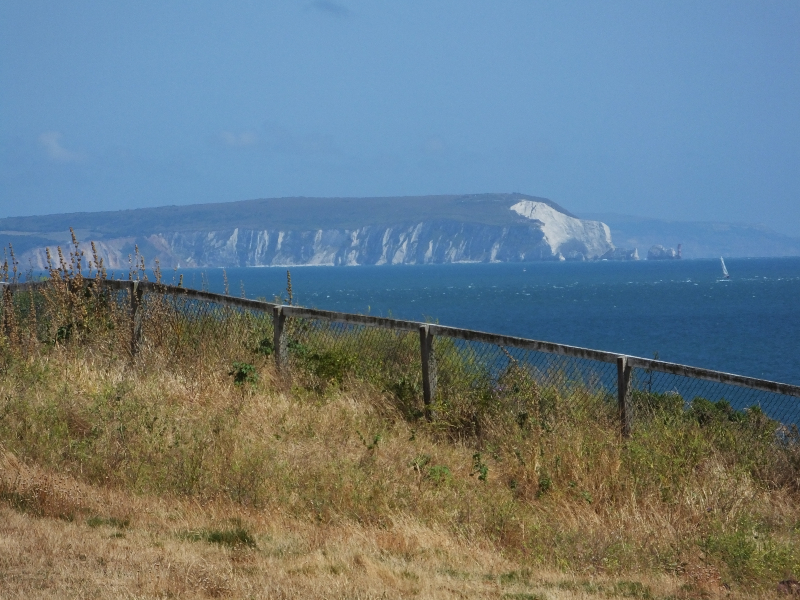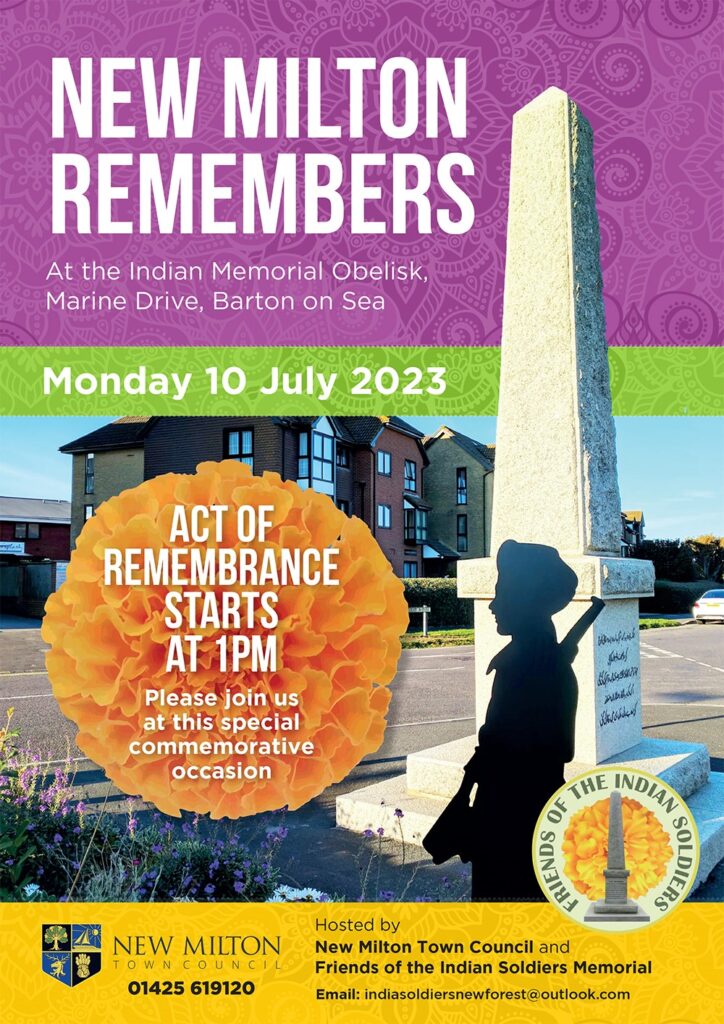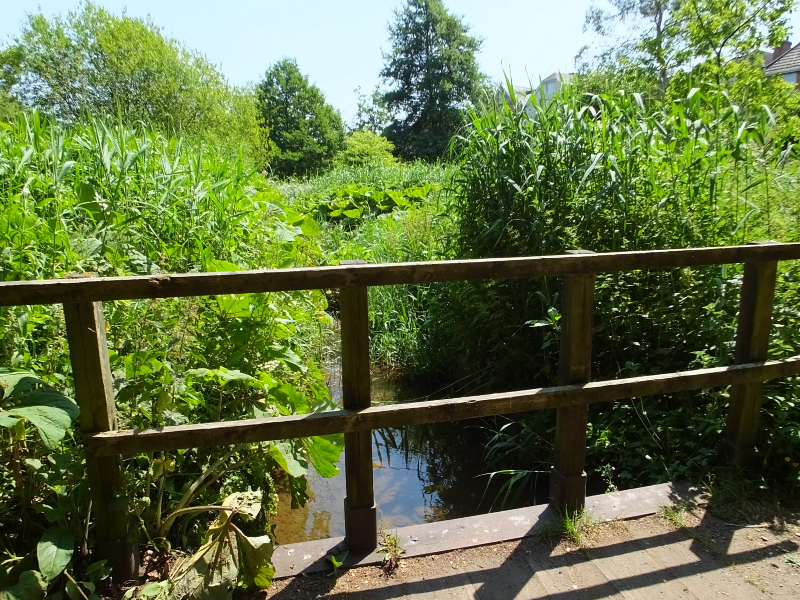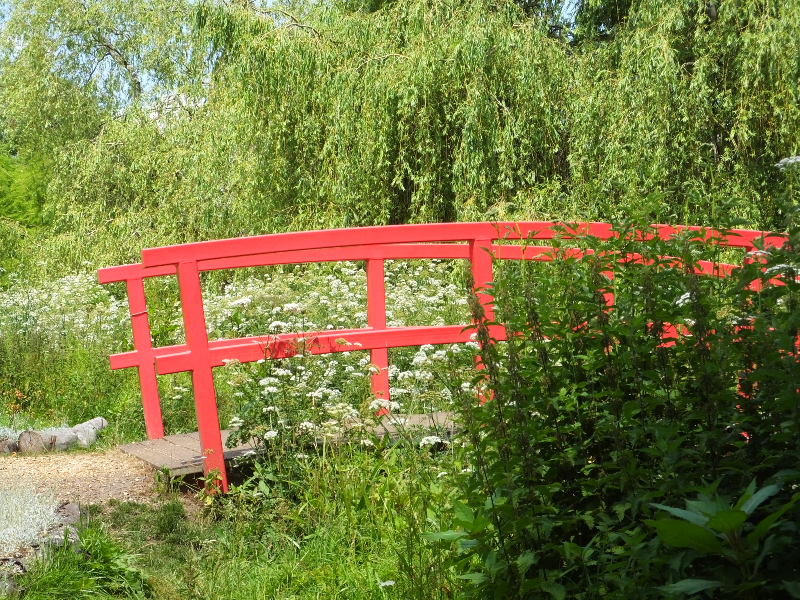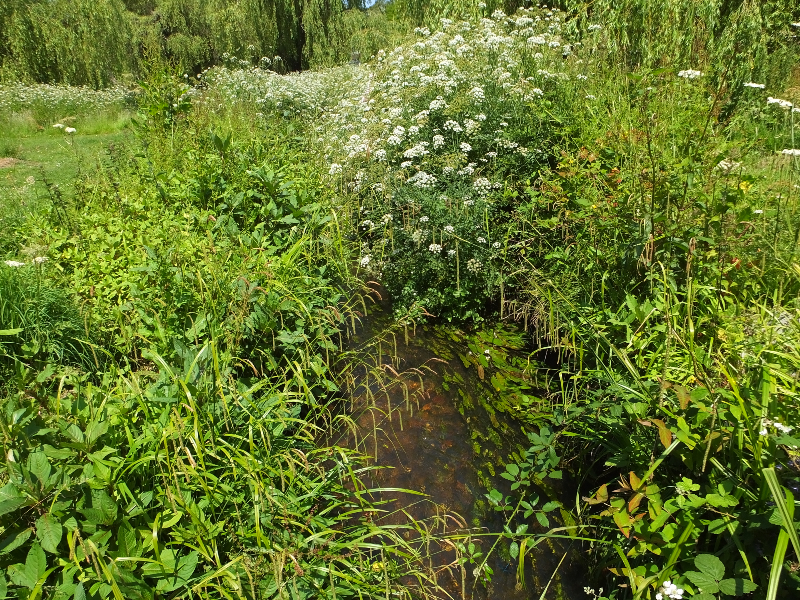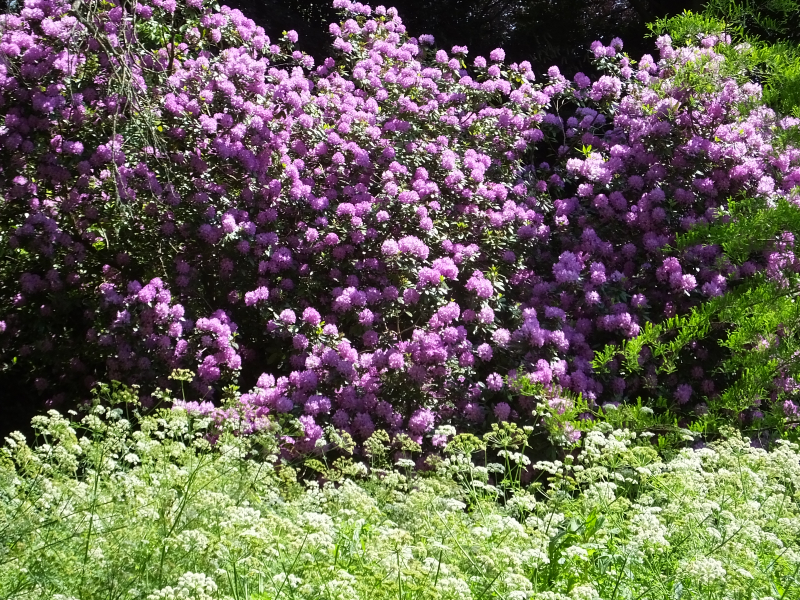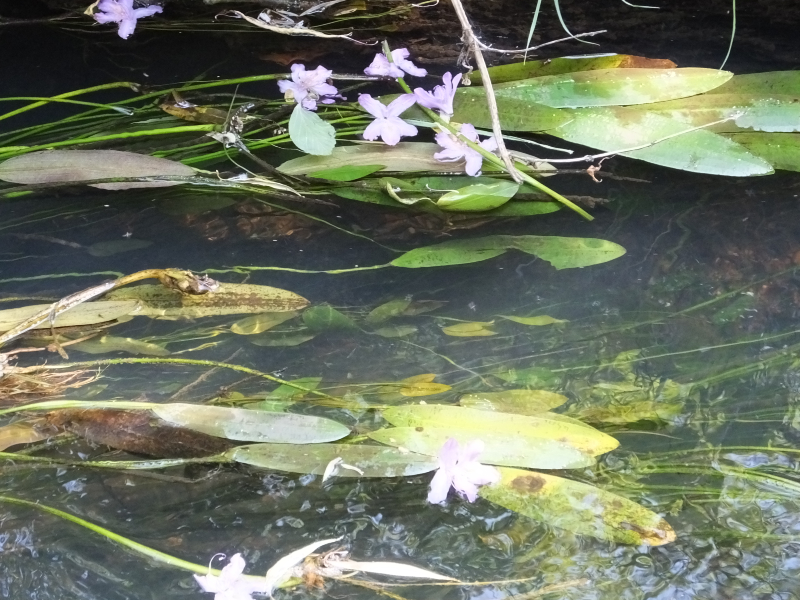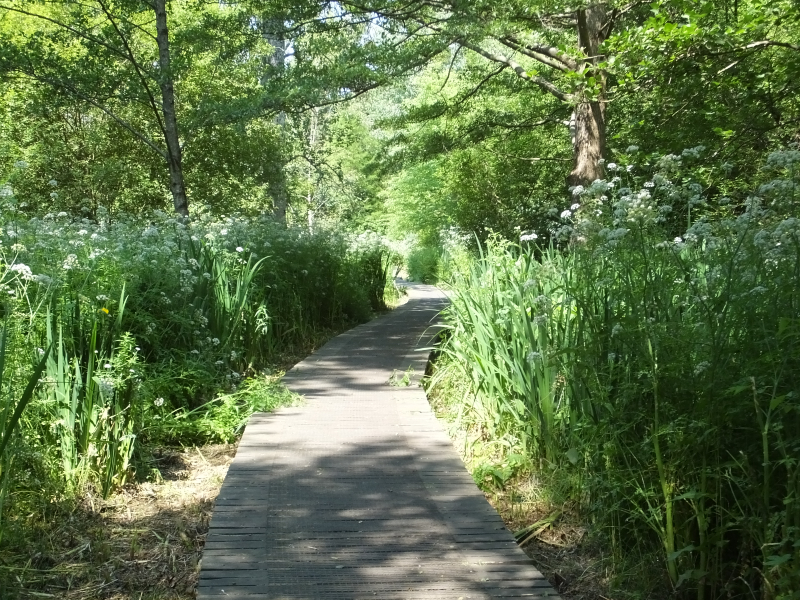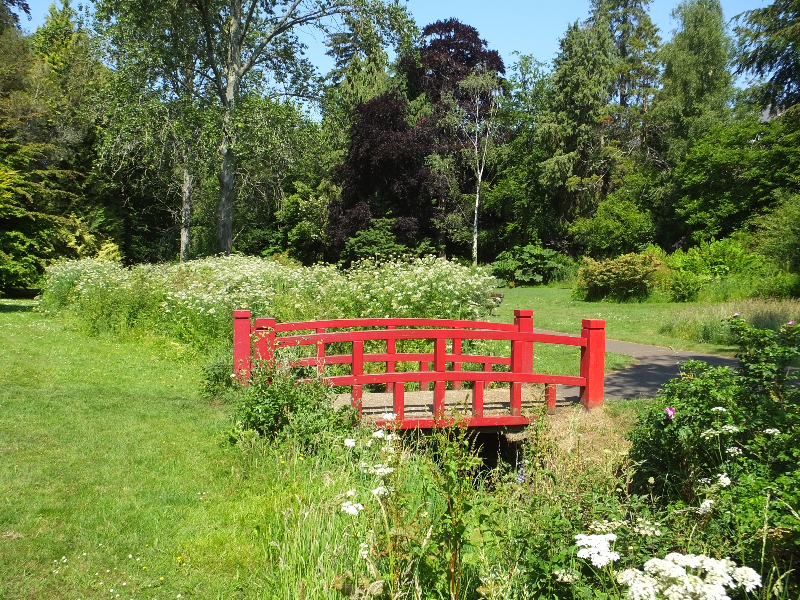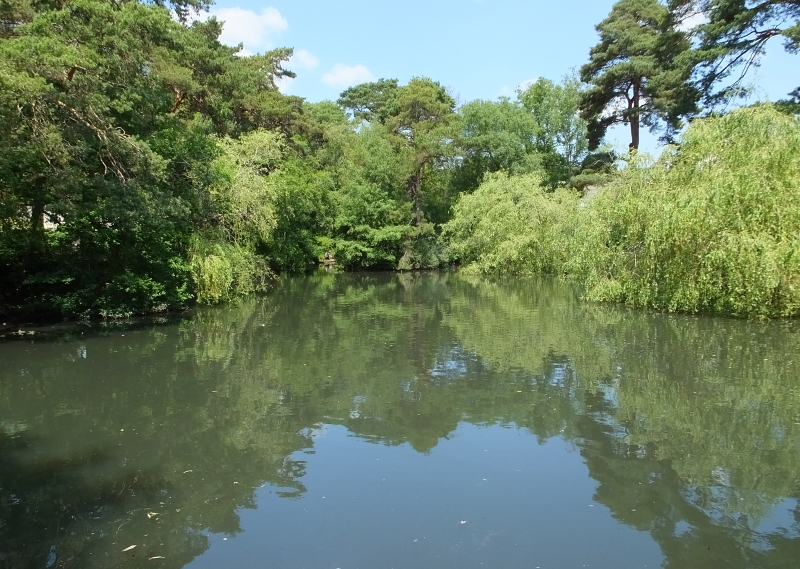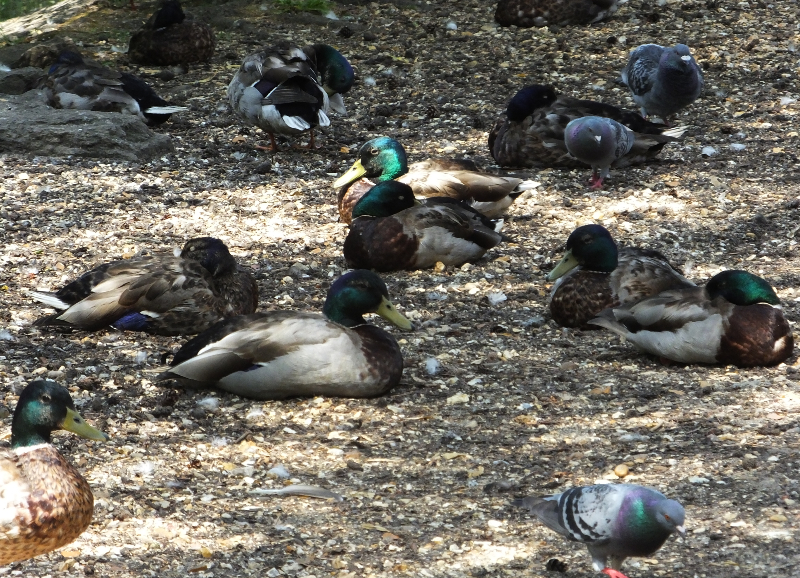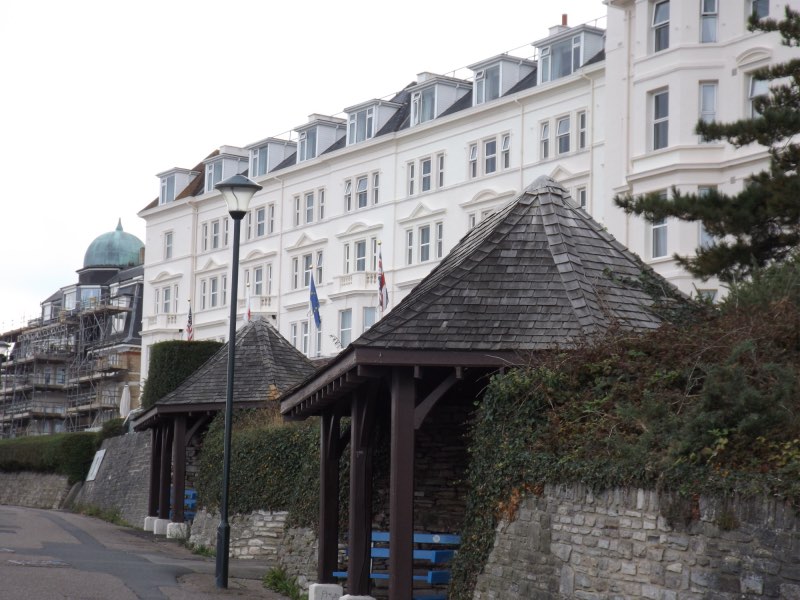
Sunday 15 December is the 150th anniversary of the Highcliff Hotel’s opening 1874.
The large building had been completed a year earlier as a terrace of four houses called Highcliffe Mansions but was soon adapted to form 50-bedroom hotel called the Highcliffe Hotel.
The ‘e’ in Highcliff was dropped soon after the Second World War due to numerous postal delivery errors caused by the existence of a hotel at Highcliffe. The decision was made on the toss of a coin but for years the old spelling could still be found on some knives and forks.
Robert Louis Stevenson stayed for a week in August 1884 whilst looking for a house which he eventually found in Westbourne.
In 1933 it was Cumberland Clark’s home whilst the newly widowed poet from London looked for a flat in the town.
Others who made the hotel home include BSO conductor Rudolf Schwarz from 1947 to 1951. Later one of his successors Constantin Silvestri lived at the hotel until buying a flat nearby.
Royal visitors include Queen Victoria’s 15 year old daughter Princess Louise who in 1863 sailed from the Isle of Wight to the pier to visit the Queen’s doctor Sir James Clark who lived on the West Cliff. There was no hotel but there Louise called at the newly built coastguard cottages which are now part of the Highcliff.
In December 1986 Prince Philip stayed the night at the hotel before walking down to the BIC to chair a meeting of the General Council of the D of E Award Scheme. In 1990 his son Prince Edward opened the hotel extension.
But the Highcliff’s greatest role has been in the UK political life.
On Friday 10 May 1940 the weather was sunny for the beginning of the Whitsun Bank Holiday weekend as the town prepared to host the Labour Party Conference. However, that morning news came that the Germans were invading Belgium and Holland in addition to Norway. A National Executive meeting was called for 3.40pm in the Highcliff Hotel basement which was thought to be safe from bombs. A false report of bombing in Canterbury during the meeting may have speeded up the decision to back a coalition under Winston Churchill.
At 4.45pm Labour leader Clement Attlee told Downing Street by telephone from the hotel’s front desk that Labour would only join a coalition under ‘another Prime Minister’. The phone was answered by Sir John Colville, the Prime Minister’s assistant Private Secretary. As a result premier Neville Chamberlain decided to resign immediately. That evening, before Attlee’s train reached Waterloo Station, Churchill had been invited by George VI to form the war government.
The Times editor Geoffrey Dawson thought that on that day the country was facing its greatest danger since 1066.
A less dramatic but still significant moment was in 1994, during the Conservative Party Conference, when prime minister John Major stood on the hotel steps to welcome the Ulster Loyalist ceasefire.
Margaret Thatcher knew the hotel well. After speaking in the town as prime minister in February 1983 she attended a buffet lunch at the Highcliff. Another guest in the room was KGB agent Oleg Gordievsky who was gathering information for Mikhail Gorbachev. It is thought that Mrs Thatcher, who sat at a table for six, was unaware of his presence but she did eventually bond with the Russian leader.
Although she later stayed at the Highcliff Hotel during party conferences and entered by the main doors her preference was to have one of the coastguard cottages in the grounds to write her speech and sleep.
Tony Blair stayed for week twice when prime minister attending party conferences.
Both James Callaghan and Harold Wilson lunched at the hotel whilst prime minister.
In 2006 American senator John McCain was at the hotel following a speech to the Conservative party Conference. ‘I have launched my campaign here,’ he said over dinner with Conservative Leader David Cameron. McCain formally announced his intention to run for President of the United States in April the following year but lost to Barack Obama.
Other leading political figures who have stayed at the Highcliff include welfare state pioneer Beatrice Webb in 1937 and writer Vera Brittain in 1940.
The Highcliff Hotel is now owned by the Marriott chain which today is the only name above the door.
